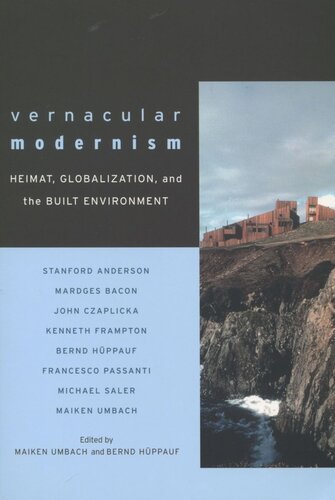

Most ebook files are in PDF format, so you can easily read them using various software such as Foxit Reader or directly on the Google Chrome browser.
Some ebook files are released by publishers in other formats such as .awz, .mobi, .epub, .fb2, etc. You may need to install specific software to read these formats on mobile/PC, such as Calibre.
Please read the tutorial at this link: https://ebookbell.com/faq
We offer FREE conversion to the popular formats you request; however, this may take some time. Therefore, right after payment, please email us, and we will try to provide the service as quickly as possible.
For some exceptional file formats or broken links (if any), please refrain from opening any disputes. Instead, email us first, and we will try to assist within a maximum of 6 hours.
EbookBell Team

4.3
28 reviewsVernacular Modernism challenges the common perception of modern architecture as the example of an internationalism which eradicates local traditions and transforms the globe into a faceless urban sprawl. The essays trace the vernacular in some of modernity's most paradigmatic sites—both real and imagined. They engage in a search for an idiom that mediates between place and space, the vernacular and the abstract in architecture, from its early phase and Hermann Muthesius via LeCorbusier's high modernism, to the contemporary movement of a "critical regionalism."